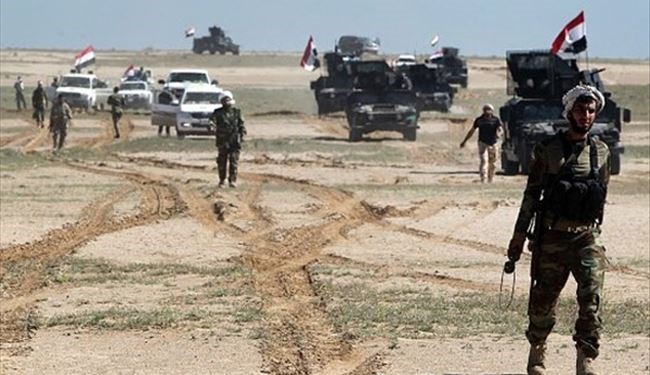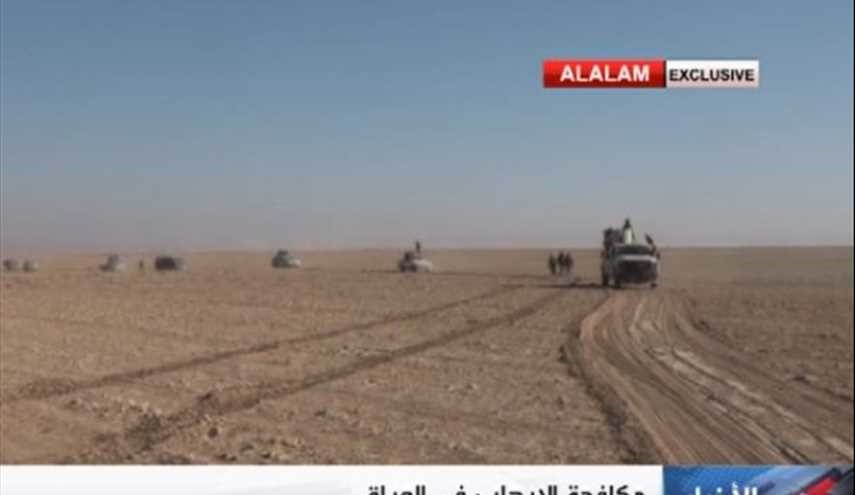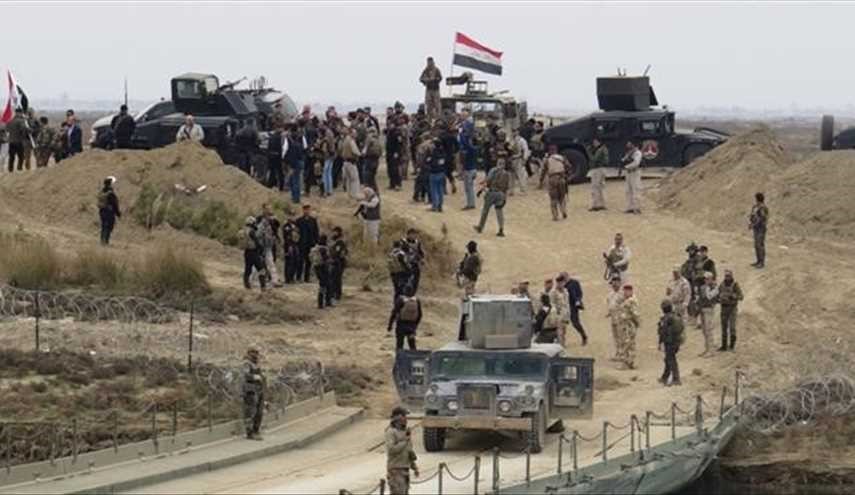
This mission is unmanned, but has experimental dummies on board to collect data on the physical effects that future astronauts may encounter on their epic journey. Meanwhile, Artemis I prepares to take off on August 29, 2022, on a journey around the moon and back again. These dates will determine itineraries and environmental conditions, making some areas more suitable than others. Further narrowing of the landing areas, and the locations within them, will depend on the launch dates. The currently targeted drillings are Faustini, Shackleton, Gerlache de, Amundsen, Nobile, Haworth, Malapert and Leibnitz.

Wikipedia Dungeon Munchies Vtuber/ 1 waiting. This is vital for the continuous supply of solar energy and for minimum temperature fluctuations. BBC Arabic Live - YouTube BBC World Service is a British public broadcast service. Lunar water ice is valuable from a scientific perspective and also as a resource, because through it, oxygen and hydrogen for life support and fuel systems can be extracted.Įach of the landing areas also provides access to sunlight for the six and a half days the astronauts will be on the moon.
#ALALAM LIVE LIVESTATION HOW TO#
The potential landing areas are all close to, or even on, the edge of a crater – within walking distance of the moon from a permanently shaded area to ensure astronauts can reach places that might contain water.ĭeveloping a blueprint for discovering the solar system means learning how to use available resources while also maintaining their scientific integrity, says NASA exploration scientist Jacob Blecher. The 13 landing zones are approximately 15 kilometers (9 miles) square, and each includes a number of potential sites with a diameter of about 200 meters (656 feet). and a country's ambassador reveals its truth - Politics - International Varieties See also A black spot in the middle of Riyadh raises questions about an astronaut. NASA teams hope that patches of water ice up to several meters thick will hide in the dark, providing future missions with a valuable resource to study and draw upon. The craters in this region are in permanent shade, and form cold traps that barely exceed 163 ☌ (260 ☏).

For this reason, two uncrewed phases of the Artemis mission – Artemis I and Artemis II – must succeed before humans can set off safely.īut the lunar south pole is worth the challenge. This region of the Moon has never been landed on before, and poses a much greater technical challenge than landings that rely on the equator. “When we do that, it will be unlike any mission to come before where astronauts venture into dark regions previously undiscovered by humans and lay the foundation for long-term stays in the future,” he added.Įach of the 13 potential landing zones lies within 6 degrees latitude of the Moon’s south pole, an important target for future exploration. The selection of these regions means the agency is taking a giant leap closer to returning humans to the moon for the first time since Apollo, says Mark Kerasech of NASA’s Artemis campaign development division.

NASA has revealed 13 candidate landing areas for Artémis III The mission that will finally carry that precious mission.


 0 kommentar(er)
0 kommentar(er)
